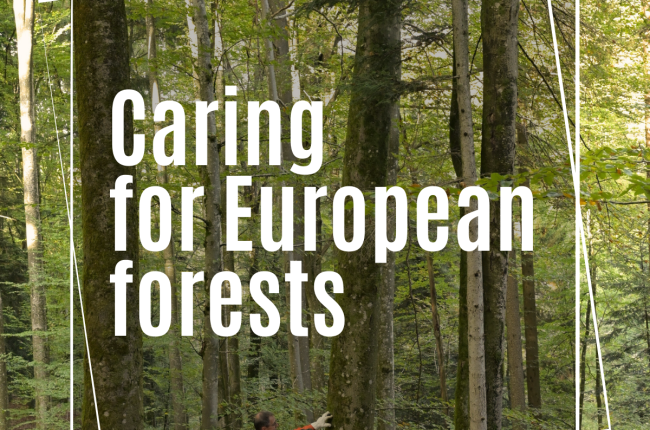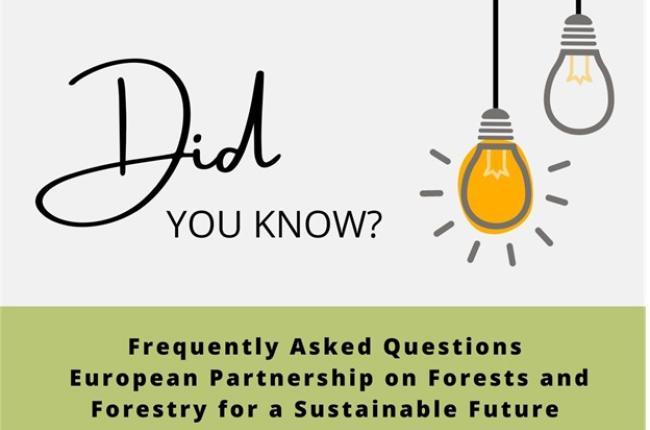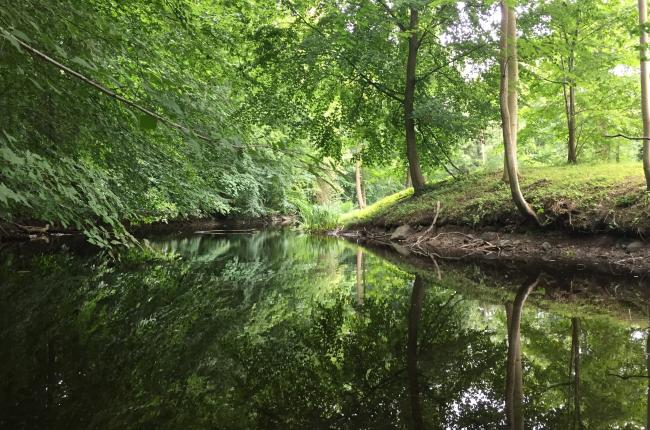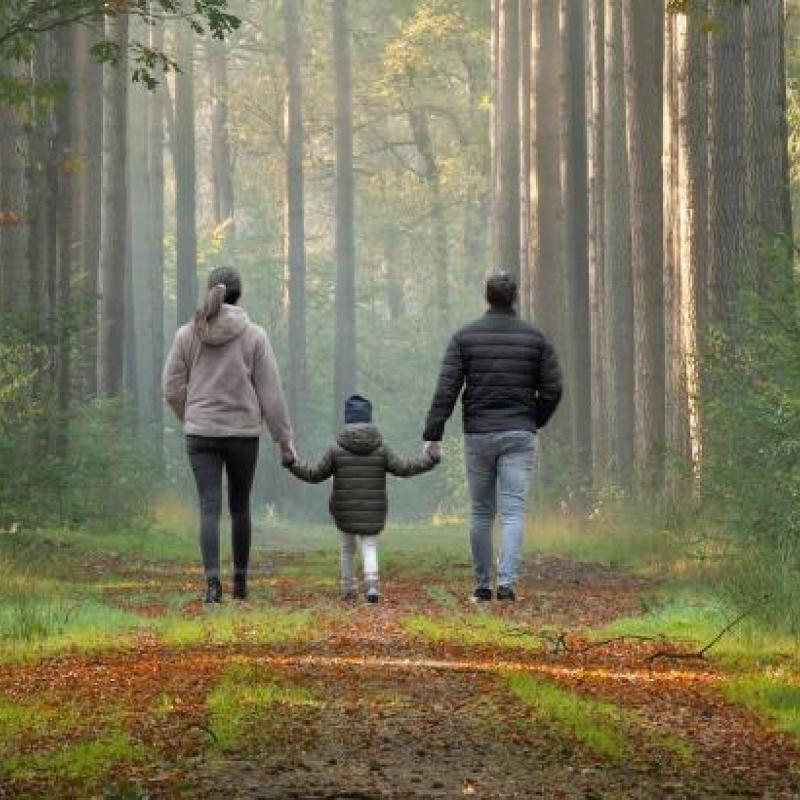Within the EU Biodiversity Strategy for 2023 and the EU Forest Strategy for 2030, the European Commission laid out its voluntary ambition to strictly protect all remaining EU primary and old-growth forests, as well as to support biodiversity and ecosystem restoration through afforestation, reforestation and tree planting.
Then, several concepts remained undefined at EU level, among others “strict protection” and “old-growth forests”. In order to clarify the proper interpretation of these non-binding ambitions, the Commission worked on several guidance documents. Relevant for the above-mentioned goals are the:
- Criteria and guidance for protected areas designations (SWD(2022)23);
- Guidelines for Defining, Mapping, Monitoring and Strictly Protecting EU Primary and Old-Growth Forests (SWD(2023)62);
- Guidelines on Biodiversity-Friendly Afforestation, Reforestation and Tree Planting (SWD(2023)63).
Whilst the guidance on protected areas, which specify the approach to the notion of “strict protection”, was finalised in early 2022, the drafting process of the other two guidelines took some more time and the Commission published its final text end of March 2023.
Specifically in the case of primary and old-growth forests, the voluntary guideline of the Commission defines them in a similar fashion as the FAO does, i.e. a main definition complemented with explanatory notes. Furthermore, the definition of primary forest will be aligned with the Operational guidance for improved primary forest reporting for the Global Forest Resources Assessment developed by the FAO, once it has been published.
These important non-binding definitions are worded as follows:
Primary forest: ’Naturally regenerated forest of native tree species, where there are no clearly visible indications of human activities and the ecological processes are not significantly disturbed.’
Explanatory notes:
- This definition includes both pristine and managed forests that meet the definition.
- This definition includes forests where indigenous peoples engage in traditional forest stewardship activities that meet the definition.
- This definition includes forests with visible signs of abiotic damage (e.g. storms, snow, droughts and fires) and biotic damage (e.g. from insects, pests and diseases).
- This definition excludes forests where hunting, poaching, trapping or gathering have caused the loss of significant native species or disturbance to ecological processes.
- Primary forests have a number of key characteristics:
- they show natural forest dynamics, such as natural tree species composition, occurrence of dead wood, natural age structure and natural regeneration processes;
- the area is large enough to maintain its natural ecological processes;
- there has been no known significant human intervention, or the last significant human intervention was sufficiently long ago to have allowed the natural species composition and processes to re-establish themselves.
Old-growth forest: ‘A forest stand or area consisting of native tree species that have developed, predominantly through natural processes, structures and dynamics normally associated with late-seral developmental phases in primary or undisturbed forests of the same type. Signs of former human activities may be visible, but they are gradually disappearing or too limited to significantly disturb natural processes.’
Explanatory notes:
- This definition includes forest stands that originate not only from natural regeneration, but also from planted or sown native tree species (provided that they meet the rest of the definition).
- This definition includes forest stands where indigenous peoples engage in traditional forest stewardship activities that otherwise meet the definition.
- This definition includes forest stands with visible signs of abiotic damages (e.g. storms, snow, droughts and fires) and biotic damage (e.g. from insects and diseases) that meet the definition.
- Forests with visible signs of past human activity are not excluded from the definition of old-growth forests, unless the magnitude of the impact of the activity is such as to prevent the forest stand from counting as old-growth.
- Old-growth forest stands do not include stands for which there is evidence that they are under active productive management. This includes low-intensity silvicultural regimes and coppicing.
- Some key characteristics of old-growth forest stands are:
- they contain structural features and dynamics such as natural regeneration, gap dynamics, large and diverse dead wood, structural complexity, and the presence of old trees, or trees reaching senescent stage and tree-related microhabitats;
- they have acquired these structural features and dynamics through several decades of natural development without significant human intervention.




